Amdwaeji Oyangsikgwan (암돼지오양식관)
8.4Km 2021-03-19
11, Jong-ro 11-gil, Jongno-gu, Seoul
+82-2-737-8088
A barbecue specialty restaurant located in Jongno, Seoul. The most famous menu is grilled pork belly. Skin-on pork belly is actually the same as grilled pork belly BBQ.
Youngpoong Bookstore - Jongno Branch (영풍문고-종로점)
8.4Km 2020-02-21
41, Cheonggyecheon-ro, Jongno-gu, Seoul
+82-1522-2776
Along with books, Youngpoong Bookstore sells gifts, small electronics, stationery and much more. It also hosts various recitals, book signings, and literary programs. The Jongno branch of Youngpoong is the nation’s largest bookstore, boasting a total area of over 10,600 meters square.
The basement level of the store houses over 350,000 Korean and international books and there is also a customer service center and electronic search program where shoppers can find information on books.
On the B2 floor is the “Stylish Gift Mall,” which houses various stationery items, gifts, accessories, and brand shops like Apple, Microsoft, and Samsung Digital.There is also a CD section, healthcare section, diaries, home-décor items, luxury fountain pens, Hello Kitty section, café, eateries, and much more.
Yukjeon Hoekwan (역전회관)
8.4Km 2024-03-19
47, Tojeong-ro 37-gil, Mapo-gu, Seoul
+82-2-703-0019
Located in Mapo, Yukjeon Hoekwan is a Korean restaurant that has been selected for the Michelin Guide Seoul 2023. It has kept its original taste through four generations. The signature dish is the Bassak bulgogi (thin-sliced bulgogi), which is served without soup and has a moist juiciness, tender texture, and not-too-sweet seasoning. Patrons have the option to other dishes including yukhoe bibimbap (beef tartare bibimbap), nakji bokkeum (stir-fried octopus), bossam (kimchi cabbage wraps with pork), and samhap (skate, pork, and kimchi combo). In addition, the handcrafted makgeolli (unrefined rice wine) made in their own brewery is a must-try.
Deoksugung Palace (덕수궁)
8.4Km 2025-06-25
99 Sejong-daero, Jung-gu, Seoul
Registered as a Historic Site, Deoksugung Palace was initially not a royal palace, but the residential home of Grand Prince Wolsan (1454-1488), the older brother of King Seongjong (1469-1494) of the Joseon dynasty. It wasn't until 1593 that the palace was used as a temporary palace of the royal family after their home was burned down during the Imjin War. King Seonjo also stayed at Deoksugung Palace after returning to the city. It became a proper palace when Gwanghaegun (1575-1641) ascended to the throne and gave this royal residence the name Gyeongungung Palace in 1611. Over the following decades, the palace alternated between being an official palace and a temporary residence. The name did not change officially to Deoksugung Palace, meaning the “palace of virtuous longevity,” until 1907. While the palace once encompassed a vast area with many buildings, the current palace grounds are just a small shadow of the prior splendor, with very few structures remaining.
Meongseokjip (멍석집)
8.4Km 2021-03-29
7, Donhwamun-ro 11da-gil, Jongno-gu, Seoul
+82-2-766-4620
This restaurant is frequently used as a place for group dinners by office workers. This restaurant's signature menu is grilled pork belly. This Korean dishes restaurant is located in Jongno-gu, Seoul.
Youngpoong Bookstore - Jongno Branch [Tax Refund Shop] (영풍문고 종로점)
8.4Km 2024-04-18
41, Cheonggyecheon-ro, Jongno-gu, Seoul
-
Chanyangjip (찬양집)
8.4Km 2021-03-29
5, Donhwamun-ro 11da-gil, Jongno-gu, Seoul
+82-2-743-1384
A popular attraction since the early 1970’s, this rather shabby and hard-to-spot restaurant has attracted many customers with its representative menu item, haemul kalguksu (seafood noodle soup). The soup is delicious and plenty enough for a hearty meal compared to its relatively low price. The noodles are chewy as they are freshly prepared every day and the clam-broth soup is full of flavor. The appearnce of this restaurant may seem old, but it's a recommended spot for a simple and delicious meal.
Kkotpineun Sangol (꽃피는산골)
8.4Km 2021-03-26
17, Jong-ro 11-gil, Jongno-gu, Seoul
+82-2-735-7963
A restaurant frequented by office workers in Jongno after work. This Korean dishes restaurant is located in Jongno-gu, Seoul. The most famous menu is seafood and green onion pancake.
Jongmyodaeje (Royal Ancestral Memorial Rite of Joseon) (종묘대제)
8.4Km 2022-10-05
157, Jong-ro, Jongno-gu, Seoul
• 1330 Travel Hotline: +82-2-1330 (Korean, English, Japanese, Chinese) • For more info: +82-2-3210-4806, +82-2-6011-1067
Jongmyodaeje, Korea’s Royal Ancestral Memorial Rite, is a traditional ritual that has been recognized with many important designations. It is a UNESCO Masterpiece of the Oral and Intangible Heritage of Humanity, Important Intangible Cultural Property No. 56 (Jongmyo Jerye), and Korea’s Important Intangible Cultural Property No. 1 (Jongmyo Jeryeak). The ritual is held yearly on the first Sunday of May. It begins with eogahaengnyeol, the fabulous royal parade dating from the Joseon dynasy, which is truly a sight to behold as it moves through the modern city.
Jongmyodaeje originated as a royal ancestral ritual to honor the past kings and queens of the Joseon dynasty. During the Joseon era, the ritual was held five times a year (spring, summer, autumn, winter, and December) until it was abolished by Japanese colonial rule. In 1969, Jongmyodaeje was reinstated and has been held in May every year since.
Jongmyo Shrine, the destination of the procession, was the setting of ceremonial rituals during the Joseon dynasty. Originally, Jongmyo only referred to Jeongjeon (Main Hall) where the memorial tablets of Joseon’s reigning kings and queens are enshrined. Today, however, Jongmyo also encompasses Yeongnyeongjeon (Hall of Eternal Peace) where the tablets of posthumous kings and queens are enshrined and Gongsindang (Hall of Meritorious Subjects) where the tablets of esteemed ministers of the state are kept.
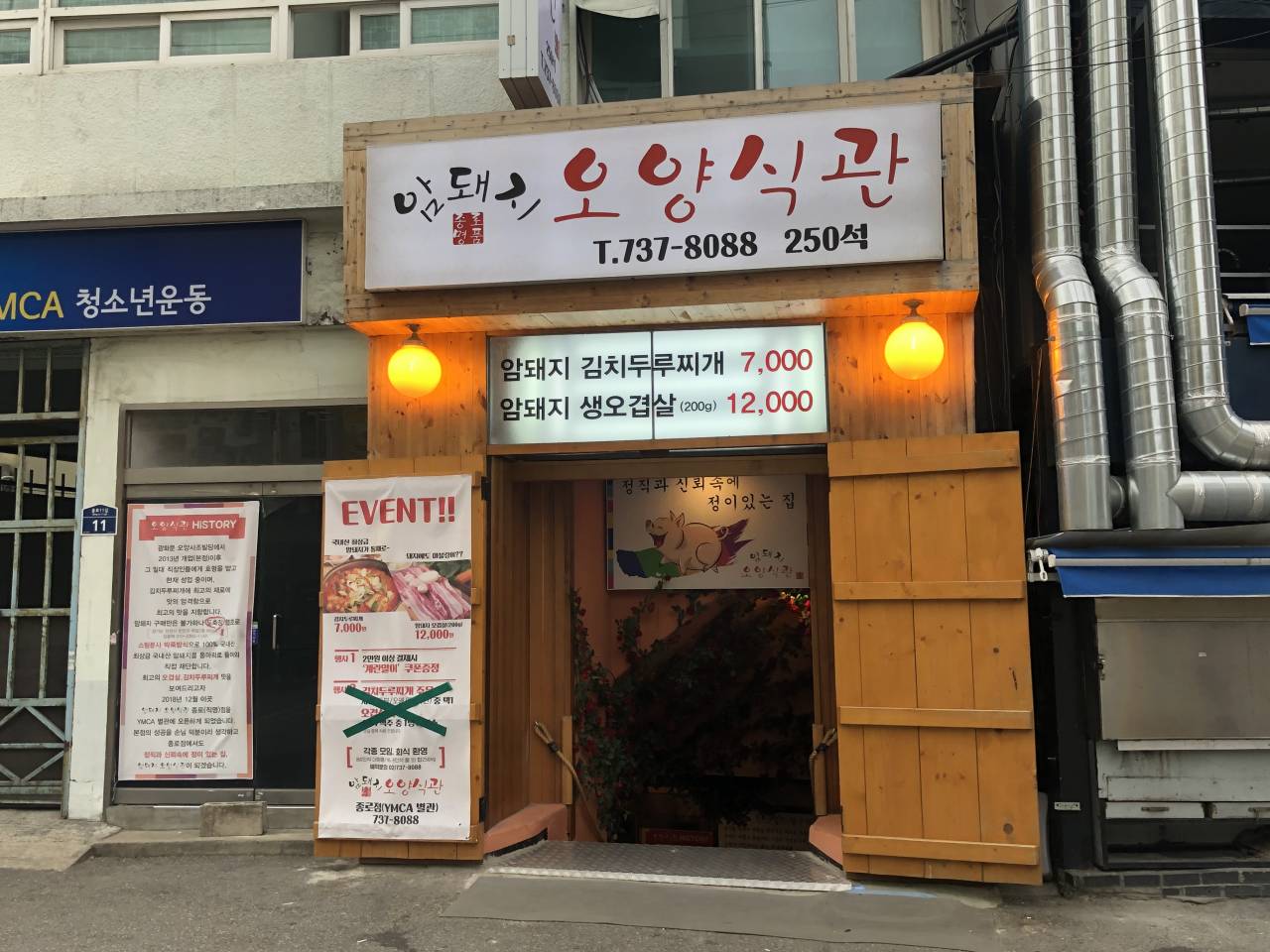
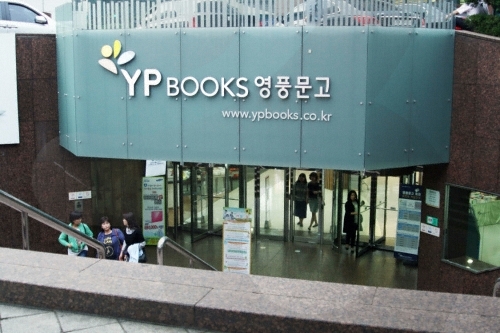

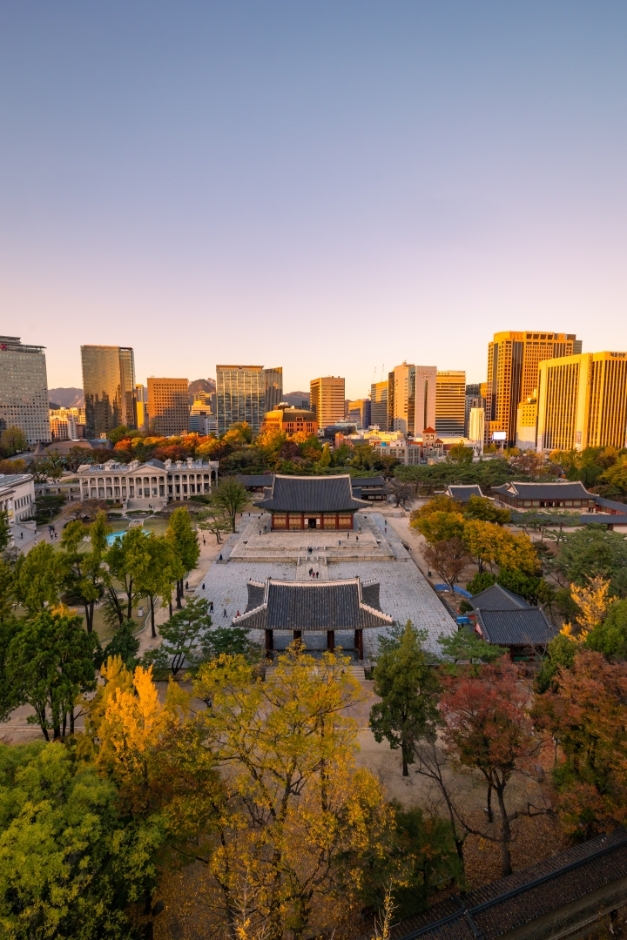
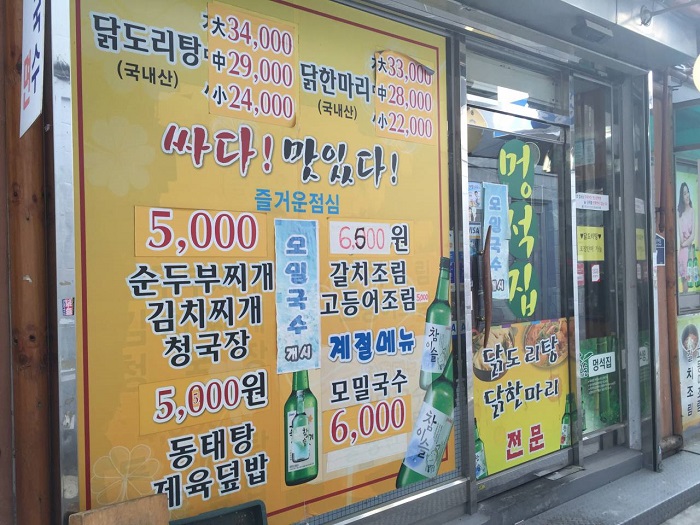
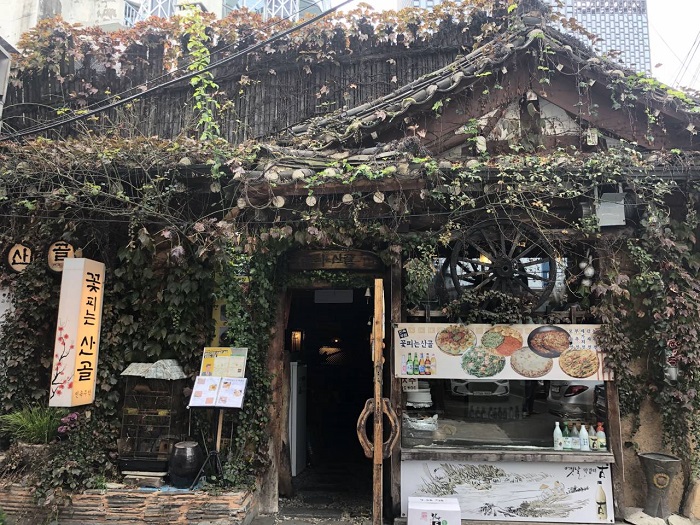
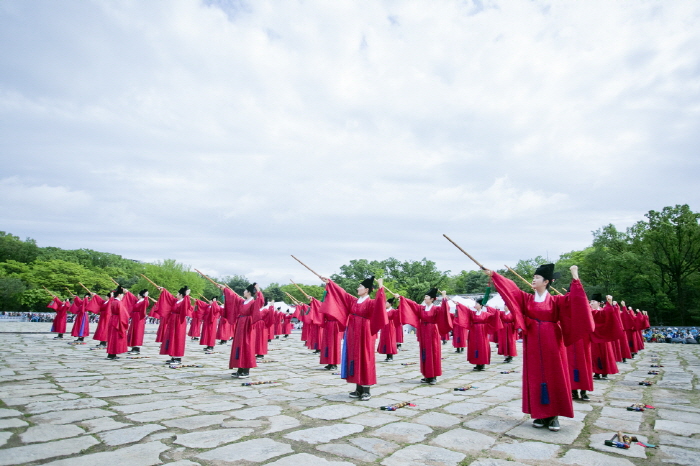
 English
English
 한국어
한국어 日本語
日本語 中文(简体)
中文(简体) Deutsch
Deutsch Français
Français Español
Español Русский
Русский